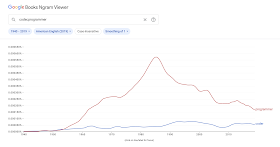Some information can best be understood using a map. At IdahoNews on March 27, 2023 there is an article titled Police: Top traffic crash location in Boise had 59 crashes throughout 2022. It lists the following eleven intersections (with the east-west street shown first):
W. Overland Rd./S. Cole Rd.– 59
W. Franklin Rd./N. Milwaukee St./– 54
8300 W. Overland Rd. [Walmart Supercenter] – 51
W. State St./N. Gary Ln./ -51
W. Fairview Ave./N. Milwaukee St./– 51
W. Fairview Ave./S. Five Mile Rd./– 51
N. Eagle Rd./Chinden Blvd./ - 49
W. Overland Rd./S. Maple Grove Rd./ - 47
W. Overland Rd./S. Five Mile Rd./– 45
W. Overland Rd./S. Orchard St./– 45
W. Fairview Ave./N. Maple Grove Rd./– 45
At these locations there were a total of 548 crashes. Five of the 11 top locations are intersections on one three-and-a-half mile stretch of four-lane West Overland Road in Southwest Boise. They account for 247 crashes. Why is that?
As shown above via a map created using PowerPoint, Interstate 84 runs parallel to Overland Road, then turns southeast and goes right under the intersection with Cole Road. Also, a mile west (at Maple Grove Road) is where the Interstate 184 spur known as The Connector heads off northeast to downtown.
The busy mile of Overland between Maple Grove and Cole with 157 crashes also has a Walmart Supercenter. And the northwest corner of Cole and Overland has the Boise LDS Temple. A mile further north is West Franklin Road, and northwest of Cole and Franklin is the large Boise Towne Square Mall, surrounded by lots of other stores.































